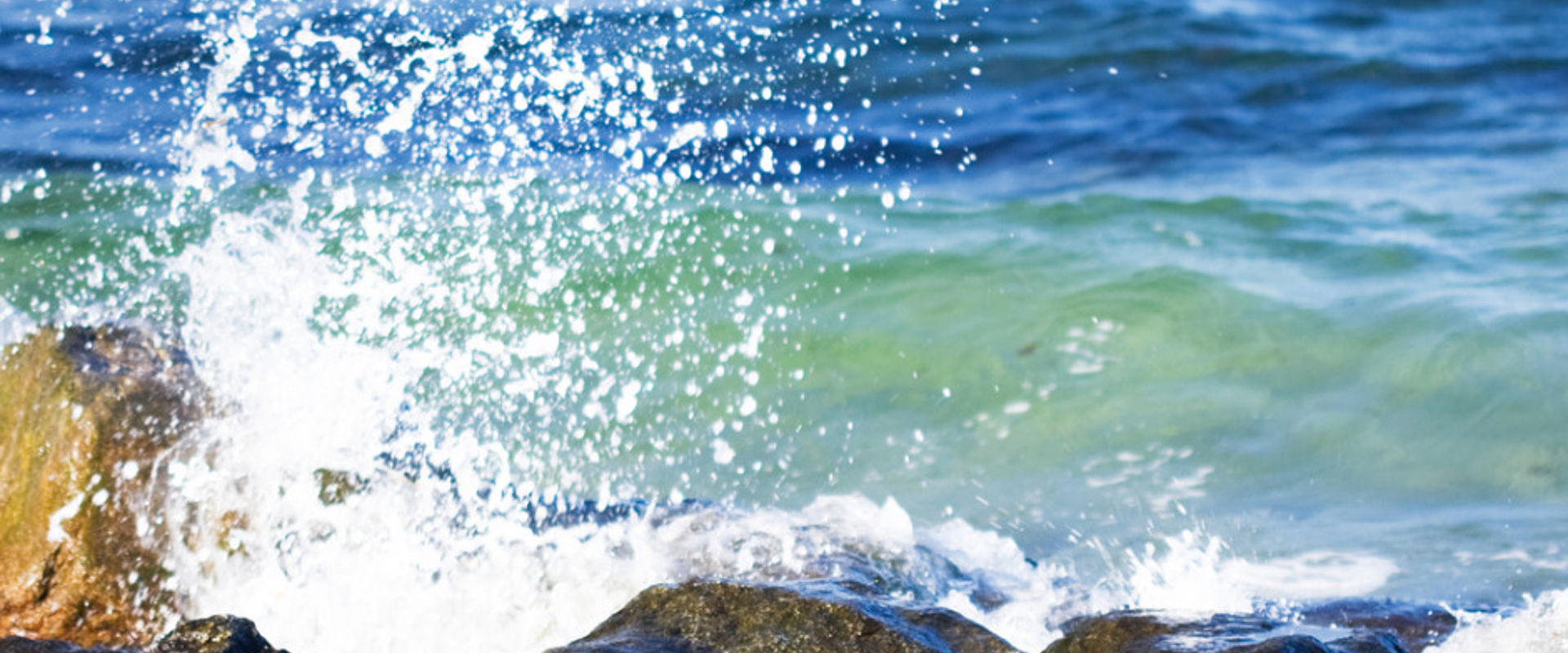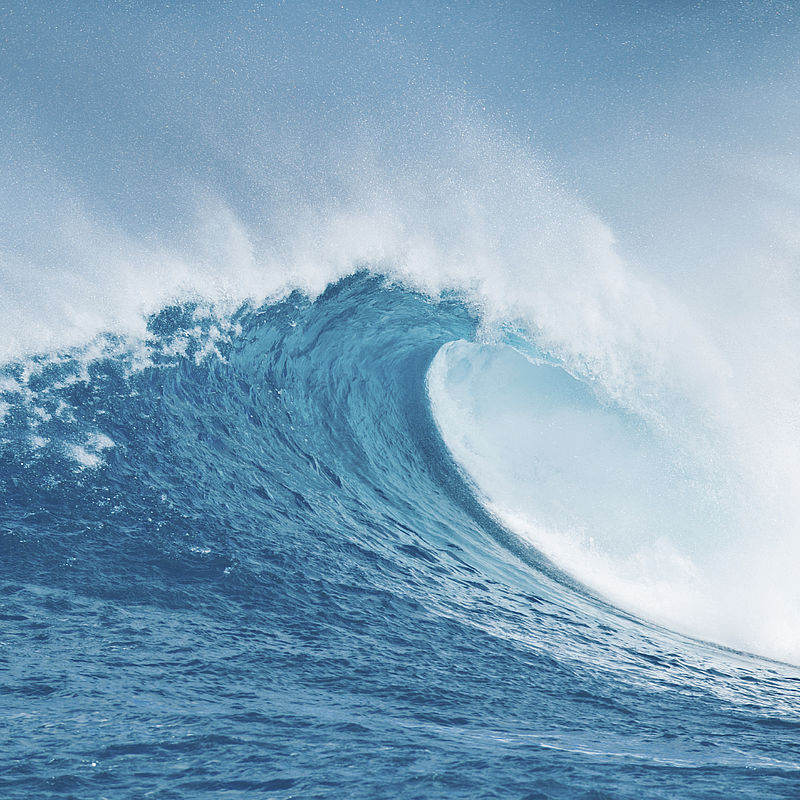
Monitoring ocean oxygen levels
Challenge
Today, the majority of dissolved oxygen measurements made by the oceanographic community are made using amperometric and optical sensors. While the performance of these sensors has improved dramatically over recent years, accurate measurements are still difficult to obtain due to the influence of numerous sources of measurement uncertainty. This led the recent World Ocean Atlas produced by the US National Oceanographic Data Center to reject all sensor-based dissolved oxygen data, in favour of that obtained using lab-based chemical titration methods, such as the Winkler titration method.
However, oceanographers need access to large amounts of dissolved oxygen data, collected around the clock over long periods of time, to underpin robust ocean and climate models. Only sensor-based automatic measurements can satisfy this need. Consequently, action is needed to improve the quality of dissolved oxygen sensors, to ensure the data they produce meets the level of accuracy required for oceanographic trend analysis.
Solution
The EMRP project Metrology for ocean salinity and acidity investigated the measurement uncertainties associated with the Winkler titration method and generated best practice procedures to further improve its accuracy and enable users to generate reliable, comparable results. Project partner SYKE, the Finnish Environment Institute, together with University of Tartu organised a comparison exercise on board a research vessel R/V Aranda in the Gulf of Finland, to compare the dissolved oxygen measurements provided by commercially-available sensors to those made using the traceable Winkler titration method for the first time.
Impact
The sensors were deployed from the research vessel to known depths and at the same time water samples were collected for onboard high-accuracy Winkler titration analysis using the procedure developed within the project. This enabled a direct comparison of the results given by the two methods without the need to store and transport samples to land-based laboratories.
EHP-Tekniikka, a provider of environmental monitoring services and equipment, took part in the comparison exercise, using a PONSEL OPTOD oxygen sensor - an optical sensor designed with an internal calibration capability. EHP-Tekniikka was able to directly compare the instrument’s response to that given by the traceable Winkler titration method. The positive results obtained have given confidence in this type of instrument’s internal calibration capability and its applicability for high-accuracy measurements of dissolved oxygen concentrations.
The comparison exercise organised through the project has helped promote best measurement practice within the oceanography community, including well-quantified uncertainty determination using the Winkler titration method, and validated the performance of commercial sensors under typical operating conditions. This validation paves the way to increased use of automated oxygen sensors and will lead to a significant increase in the oceanography community’s capacity to produce highaccuracy dissolved oxygen data for robust climate trend analysis.
- Category
- EMRP,
- Environment,
- EMN Climate and Ocean Observation,
